An ear tag sensor system developed and validated for heat detection and health monitoring in the dairy industry by Agis Automatisering of the Netherlands is showing promise as a tool for early detection of respiratory disease in feedlot cattle in Canada. The CowManager SensOor tag clips onto an Allflex radio frequency identification button to pick […] Read more
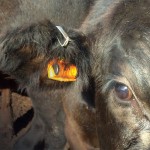
Ear tags for early disease detection in cattle
New sensor system for early detection of respiratory disease in feedlot cattle shows promise
When bovine tuberculosis is suspected
CFIA’s current tuberculosis-testing protocol starts with a caudal tail fold (CTF) test, where tuberculin is delivered intradermally into the loose skin along the side of the tailhead. Seventy-two hours later, the cattle have to be presented again for examination. Animals with suspicious CFT surface reactions have blood taken for a bovigram test. A positive bovigram leads […] Read more
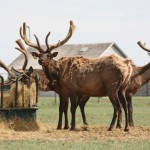
Bovine tuberculosis surveillance gets a facelift
A case of bovine TB in Manitoba’s domestic herd hasn't been seen since 2008
The Canadian Food Inspection Agency (CFIA) is wrapping up an ambitious round of bovine tuberculosis testing of cattle, wild elk and deer in and around Riding Mountain National Park in west-central Manitoba as the first step in easing TB surveillance measures for producers living in this area. It can’t come soon enough for the producers […] Read more

Lameness in feedlot cattle
The problem can be easy enough to see, but tough to diagnose
A recent review of health records from 24 Alberta feedlots covering approximately 445,000 head revealed that lameness affected 6.1 per cent of the animals, but accounted for 28 per cent of all treated animals and 49 per cent of euthanized animals, while incurable respiratory disease accounted for 10 per cent. The finding, which was part […] Read more
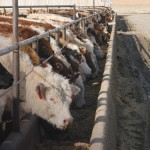
Proving feedlot animal welfare
In an effort to assure consumers some retail and food-service companies are auditing the animal welfare procedures of packing plants. The packers, in turn, are starting to ask feedlots for signed affidavits stating their operations meet accepted standards. “What we don’t want to see happen is retailers and packers coming out with different animal welfare […] Read more
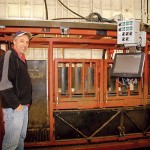
Low-stress feedlot handling system easy on cattle and people
The quiet, 'easy does it' approach of cattle handling at Kolk Farms
Animal handling is a big deal at Kolk Farms. It has to be when you’re looking out for the wellbeing of people and 12,000 head of cattle every day, year in and year out. Quiet has always been the word as far as animal handling goes, says Leighton Kolk. Cattle, hogs and poultry have all […] Read more
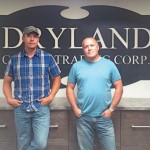
Veteran, Alta. market introduces ‘fall-forward’ sales
On-screen video sale to help ranchers and auctioneers sell calves
With optimism on ranches and feedlots riding an all-time high, auction markets are gearing up for an exciting fall run with potential for record calf prices. Auction markets continue to reinvent this long-established and trusted system of selling cattle with all sorts of options to suit their customers’ needs and Dryland Cattle Trading Corp. at […] Read more

Direct-marketed grass-fed beef fuelled their expansion
Building a beef farm from scratch takes a lot of grit during the best of times. Starting up in hard times calls for that and for confidence in the future. Richard and Kristy-layne Carr have plenty of both. Not bound by tradition, they went into business with 30 cows on a quarter of land near […] Read more
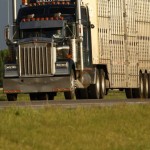
Has traceability fallen off the track?
“What happened to recommendations from the cattle summit in Saskatoon?” was the big question of the day at the Livestock Markets Association of Canada’s annual conference this summer, after two senior Canadian Food Inspection Agency (CFIA) officials explained the reasons behind a new epidemiological assessment of three movement reporting options that weren’t in the cattle […] Read more
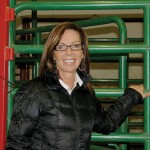
Producers give a thumbs-up to price insurance
The Western Livestock Price Insurance Program (WLPIP) jumped off to an excellent start in the first year of the new program. The uptake exceeded expectations in Saskatchewan, since the program didn’t get off the ground until April 8. Starting next year, the window for purchasing calf policies will be February 1 to May 29 in […] Read more



